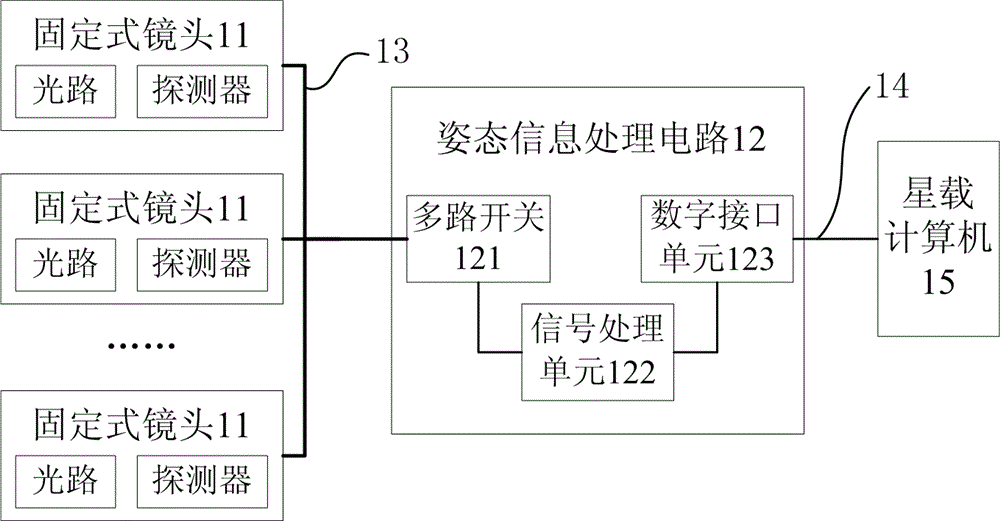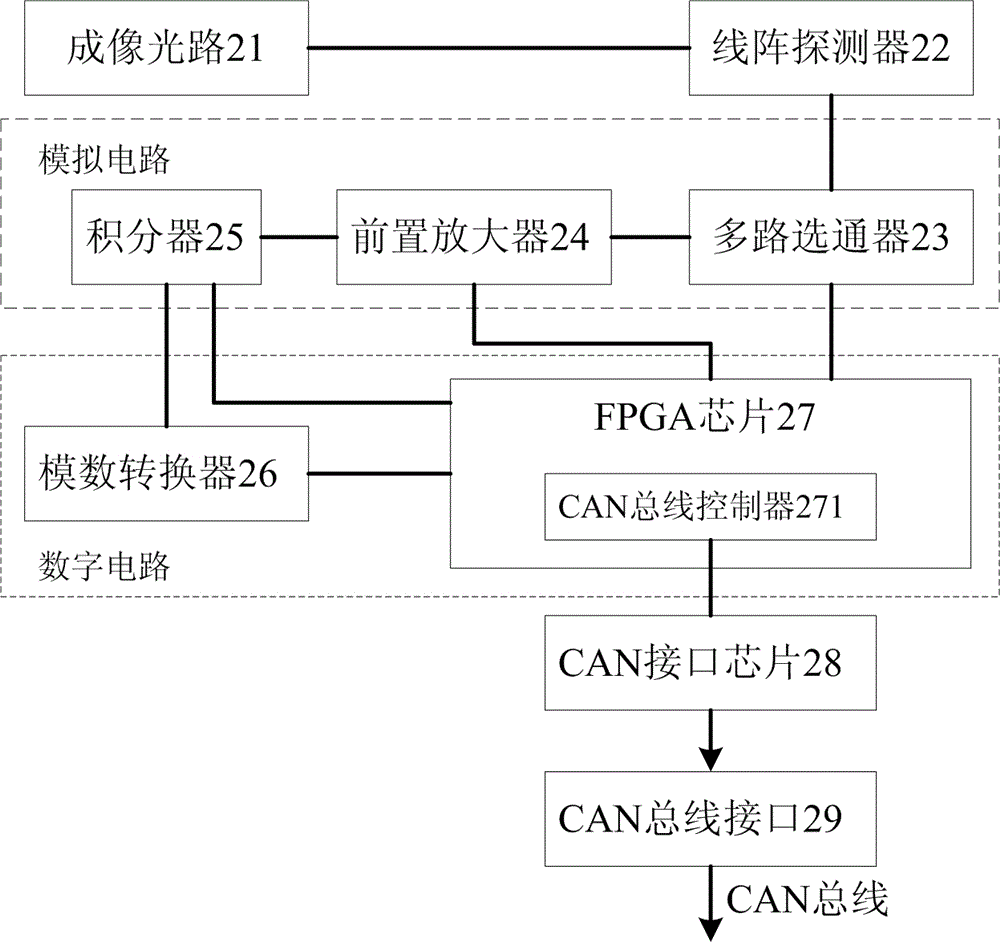Split type lens and split type static linear array infrared horizon sensor
A split-type and lens technology, which is applied in the direction of instruments, integrated navigators, and measuring devices, can solve the problems of unfavorable satellite overall structure design optimization, waste of human resources, and increased mission risks, so as to improve mission adaptability and general use. The degree of automation and the effect of saving project costs
- Summary
- Abstract
- Description
- Claims
- Application Information
AI Technical Summary
Problems solved by technology
Method used
Image
Examples
Embodiment Construction
[0028] The specific implementation of the split lens and the split static linear array infrared horizon provided by the present invention will be described in detail below in conjunction with the accompanying drawings.
[0029] combine first Figure 2-5 An embodiment of the split lens of the present invention is given.
[0030] refer to figure 2 The split lens of the present invention includes an imaging optical path 21, a line array detector 22, a multiplexer 23, a preamplifier 24, an integrator 25, an analog-to-digital converter 26, an FPGA chip 27, a CAN interface chip 28 and CAN bus interface 29.
[0031] The imaging optical path 21 is connected with the line array detector 22 for acquiring the earth's infrared radiation signal and sending it to the line array detector 22 . The line array detector 22 is connected with the multiplexer 23 for converting the received infrared radiation signal into a multi-line element analog voltage signal. Described multiplexer 23 is co...
PUM
 Login to View More
Login to View More Abstract
Description
Claims
Application Information
 Login to View More
Login to View More - R&D
- Intellectual Property
- Life Sciences
- Materials
- Tech Scout
- Unparalleled Data Quality
- Higher Quality Content
- 60% Fewer Hallucinations
Browse by: Latest US Patents, China's latest patents, Technical Efficacy Thesaurus, Application Domain, Technology Topic, Popular Technical Reports.
© 2025 PatSnap. All rights reserved.Legal|Privacy policy|Modern Slavery Act Transparency Statement|Sitemap|About US| Contact US: help@patsnap.com



